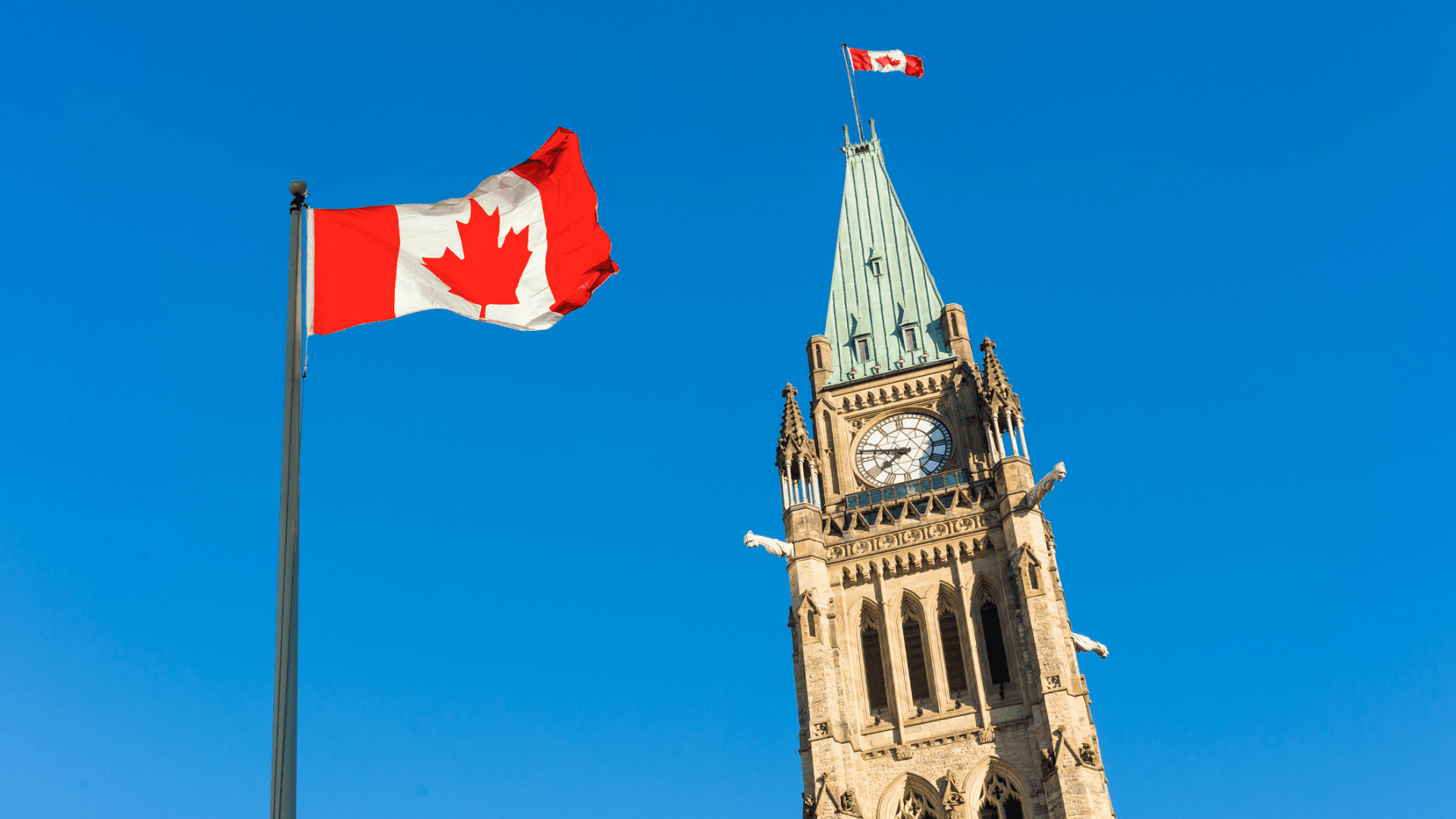The first step toward great research results? A thoughtful RFP

Posted on: Thursday Aug 3rd 2023
Article by: Brenda Sharpe
Some organizations are required to get several quotes for research work, while others use the same trusted suppliers year after year. Regardless, everyone wants high-quality, cost-effective research that answers their key questions. The first step toward achieving these outcomes takes place before the research team is even engaged; it happens when the client drafts the request for proposal (RFP). If the proposals you receive sometimes disappoint – exceeding your budget, missing key information, lacking creativity, or otherwise falling short – it’s worth taking a closer look at your organization’s RFPs to see if they could be better representing your needs.
How to write an RFP?
As research suppliers, here are some elements we always hope to see:
End goals
Some RFPs have a lot of background on the program or product to be researched and a lot of contractual boilerplate, but only one or two lines about the objectives for the research itself. We also see the opposite: a large laundry list of data needs, but no indication of the larger goals the research is meant to advance. One question we like to ask clients at project start-up meetings is: “What will a successful project look like to you?” Often, the question surfaces debates and uncertainties the client’s own team hasn’t resolved. One of the most valuable steps a client can do is clarify internally what they really need to accomplish with a research initiative, and state that – clearly and succinctly – in the RFP. This clarity of purpose will help suppliers develop stronger proposals, and will make it easier for you to identify the supplier who’s best positioned to get you there.
Methodological expectations
Some RFPs can read as “one size fits all” – as though an approach used for one project has been only lightly adapted to another (or maybe not adapted at all). For example, some organizations automatically request a quote for a survey because that’s the tool they’ve aways used. A survey may indeed be the best approach – but that’s a big assumption to start with. Research methodologies have progressed, and your organization’s needs may have changed as well. A different approach could yield valuable new insights into your current or future clients, or other stakeholders. Part of the value your research suppliers can deliver is to advise you about new engagement tools and analytical approaches – but they’ll likely only propose fresh approaches if your RFP indicates that you’re open to hearing them.
Just as an RFP can be too prescriptive about methodology, it can also provide no guidance at all, boiling down to: “You tell us your solution.” This approach can elicit plenty of creativity from research teams, but it does place a burden on the client. It’s more challenging to evaluate suppliers’ proposals when they vary widely; it tends to take more time, and consensus on the right choice can be elusive. The key here, once again, is to ensure that your goals and expectations are well articulated. By ensuring that researchers’ creative solutions are grounded in well-thought-through requirements and end goals, you’ll receive more and better proposals – and will likely be better able to compare them.
A budget ceiling
We have heard some potential clients say they don’t provide budgets in their RFPs because they think suppliers will only submit bids at the maximum dollar value available. In our experience, however, a lack of clarity about the budget can cause bidders to think the sky is the limit, when it’s not. Budgets are a key indicator of project scope, helping to ensure suppliers don’t overdesign the research. Without setting a clear limit, you run the risk of receiving proposals that exceed your budget – an outcome that wastes effort from suppliers and provides no benefit. If all the proposals are too expensive, you face the frustration of going back to the drawing board or finding more money.
Sometimes suppliers scope requirements that have substantial cost implications – for example, quotas for low-incidence target audiences, or in-depth interviews with hard-to-reach executives. Proponents can only develop proposals on the assumption that clients have enough budget to pay for these specifications – but that’s not always the case. Regardless of your budget, it’s best to state it clearly (alongside those all-important objectives) and seek a research team that will propose smart ways to help you get what you need with the resources you have. Making sure the budget is both stated and sufficient will encourage more proposals to come in.
One last tip: A quick chat goes a long way
Before writing your RFP, if possible, try to contact two or three potential suppliers and ask for 15 minutes of their time to run through your end goals, methodological expectations, and available budget. Ask them whether the project as outlined sounds doable, and if they would approach the requirements differently. Environics often works collaboratively with potential clients in this way. We’re glad to have an informal conversation up front that helps clients craft an RFP that will meet their goals, regardless of whether we ultimately win the work. Finding the right client-supplier fit benefits everyone in the long run, which is why a thoughtful RFP is such an invaluable starting point.
Tags:
More Articles

Industry Trends
This isn’t the first time an existential national crisis has upended Canadians’ vote intentions
03/27/25
Derek Leebosh

Social Values
Who is living the Canadian Dream? It depends, in part, on Social Values
03/25/25
Thais Saito

Thought Leaders
Three things we’ve learned conducting organizational reputation studies
03/19/25
Tony Coulson
